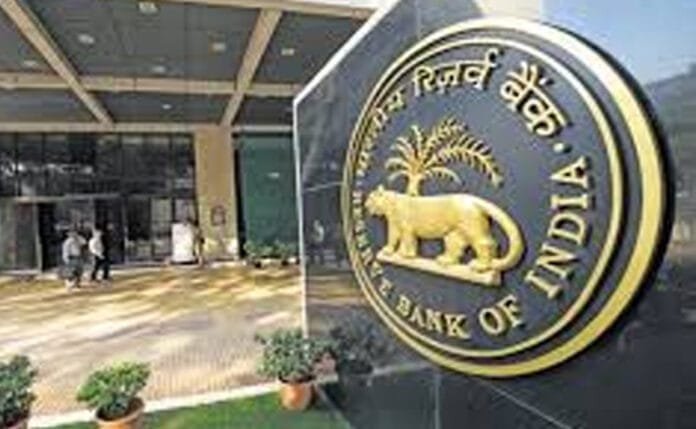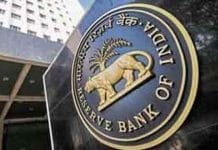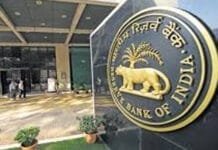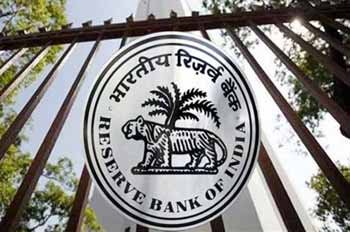Mumbai, October 20, 2025 — The Indian rupee has staged an impressive recovery this week, recording its strongest performance in nearly four months after the Reserve Bank of India (RBI) stepped in with assertive interventions to stabilize the currency. The move, marked by a series of dollar sales and liquidity operations, signals the central bank’s renewed commitment to shielding the rupee from excessive volatility amid turbulent global markets.
The rupee closed Friday at ₹82.41 against the U.S. dollar, rising nearly 0.6% from the previous week’s close — a performance not seen since early June. According to traders, the RBI’s active presence in the spot and forward markets helped cap speculative pressures and ease investor anxiety.
“RBI’s message is clear: it will not let the rupee become a one-way bet,” said Rahul Gupta, Head of Currency Research at Emkay Global. “The central bank’s timing was perfect, as global crude prices have softened and foreign inflows are improving.”
RBI’s Strong Hand and Market Confidence
In recent weeks, the RBI has been selling dollars from its reserves to manage exchange rate volatility caused by fluctuating oil prices and shifting U.S. interest rate expectations. Its decisive action not only supported the rupee but also restored confidence in India’s macroeconomic management.
“India’s economy remains one of the few bright spots globally,” said a senior economist at Nomura. “The RBI’s intervention sends a powerful signal to the markets that it remains proactive, not reactive.”
Traders now expect the central bank to maintain its current stance in the upcoming Monetary Policy Committee (MPC) meeting. Some analysts, however, believe that the RBI could hint at a mild policy adjustment depending on inflation trends and global rate cycles.
Bond Markets Remain Steady
While the currency market cheered the rupee’s rebound, government bond yields remained largely range-bound. The 10-year benchmark yield hovered around 7.11%, reflecting investor confidence that India’s fiscal trajectory remains stable.
“The RBI’s operations are a delicate balancing act — they’re supporting the rupee while managing liquidity without spooking bond investors,” said Arvind Chari, a fixed-income strategist. “That’s not an easy feat, but they’ve done it effectively.”
The RBI’s foreign exchange reserves, which had dipped slightly in September, are now expected to recover as foreign portfolio inflows resume. In the last week alone, overseas investors bought ₹4,800 crore worth of Indian equities, according to NSDL data.
Global Factors at Play
The rupee’s performance is also tied to broader global factors. A recent cooling in U.S. inflation data has reduced expectations of further rate hikes by the Federal Reserve, leading to a weaker dollar index. Simultaneously, oil prices have stabilized around $82 per barrel, providing relief for India’s import bill.
“The stars have aligned temporarily in favor of the rupee,” explained Priya Misra, a global strategist at TD Securities. “However, external risks like geopolitical tensions and global supply chain disruptions still linger.”
Indeed, currency traders remain watchful as conflicts in the Middle East and Eastern Europe continue to inject volatility into global commodity and energy markets — both crucial variables for India’s trade dynamics.
Investor Sentiment and the Road Ahead
The domestic equity markets mirrored the positive sentiment, with the Sensex rising 480 points and the Nifty closing above 23,000 for the first time in weeks. Strong foreign inflows, coupled with the rupee’s stability, have boosted investor confidence across the board.
“We are seeing a synchronized return of optimism,” said Sonal Varma, Chief Economist at Nomura India. “Investors feel reassured that the RBI has both the tools and intent to maintain financial stability.”
As attention shifts to upcoming inflation and manufacturing PMI data, market watchers expect the rupee to trade in a narrow range of ₹82.20–82.80 per dollar in the near term. The focus now lies on whether the RBI will sustain its current intervention pace or step back once stability returns.
Analyst Outlook: A Stable But Watched Currency
Experts believe that the RBI’s recent intervention was both tactical and psychological. “It’s about sending a signal,” said Madan Sabnavis, Chief Economist at Bank of Baroda. “The RBI doesn’t aim to fix the rupee at a specific level — it wants to prevent panic and ensure orderly market behavior.”
However, analysts caution against assuming the rupee’s recovery is permanent. “The rupee is stable, not invincible,” Sabnavis added. “Much depends on how global yields move and how India’s own inflation behaves over the next two quarters.”
Conclusion: Confidence Returns, But Caution Persists
For now, India’s currency appears to have regained its footing, thanks to the RBI’s firm hand and improving global cues. But with international uncertainties far from over, traders are treading carefully.
“The RBI has drawn a line in the sand,” said Gupta. “The message to the markets is simple — India will defend its financial stability at all costs.”
As policymakers prepare for the next MPC meeting, all eyes remain on Mumbai’s Mint Street — where the rupee’s fate continues to be shaped by one of the world’s most watchful central banks.











